

This walk continues from the earlier walk I did from Greenwich to Woolwich and is the second half of the walk from Inner London Ramblers. Since the remaining section was relatively short I combined it with another walk around Woolwich Common following the route of Green London Way section 3. It was a pleasant day, a bit chilly at times, but good walking weather.
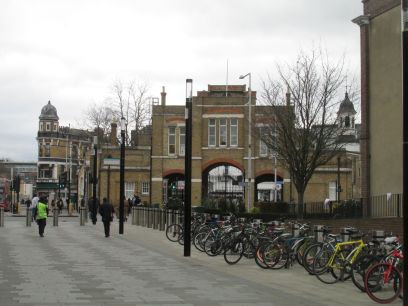
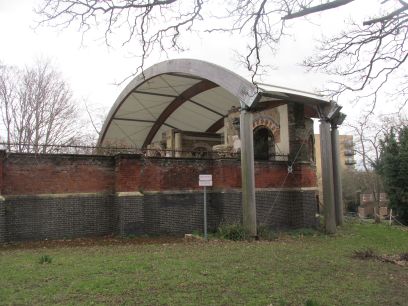
I started the walk at Woolwich Elizabeth Line station. However I forgot that those trains now run through and having dashed to get on the train sitting at the platform at Tottenham Road realisd that being a Shenfield train it wouldn't take me to Woolwich. Off at Farringdon for another try, arriving at my start around 10.45. Across the square, past the Royal Arsenal Gatehouse, then through the streets of Woolwich to reach the derelict Garrison Church of St George which was destroyed by a V1 in 1944.
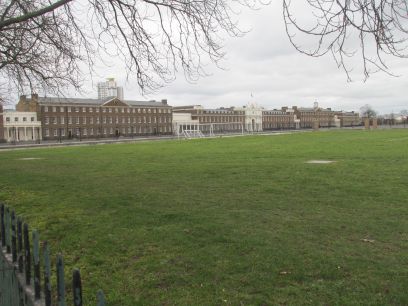
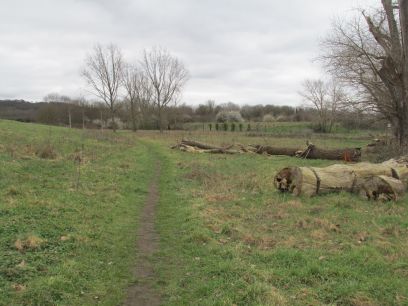
On to the Barrack Field with the magnificent Royal Artillery Barracks. The upper part of the common is owned by the MOD but with public access to parts. After crossing Ha Ha Road the common has a wilder appearance., Ahead is the disused reservoir dating from 1848 but never used.
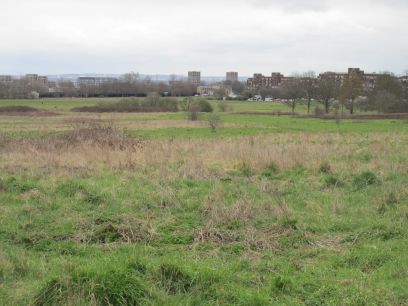

Views across to the houses of Shooters Hill. After a while I picked up the route of the Inner London Ramblers walk and followed that for a skirt around the rest of the common, initially following the Capital Ring but then diverting round to exit near where I had entered the previous time.
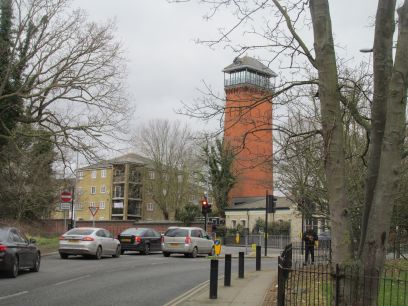

Crossing the busy Shooters Hill Road to the nearby London Water Tower. This former water tower served the former Brook Hospital but now is housing. Then a stretch of suburban roads including the unusual Kellaway Road which is divided into several sections with grass areas between them. This runs along the grounds of Kidbrooke Playing Fields with some good views across to southern London.


The busy A2 Rochester Way Relief Road has to be crossed via a pedestrian bridge. On the opposite side a small shopping parade, Kidbrooke Parade.

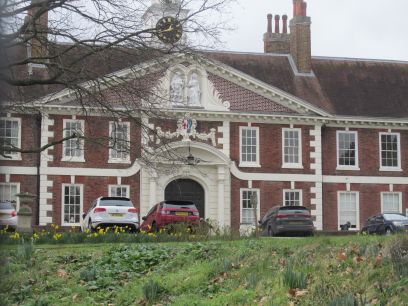
Then a long and pleasant footpath which skirts the grounds of Morden College. Like the New River this is neither a college nor in Morden, but a charity providing residential care for the elderly. It was founded in 1695 by Sir John Morden. A grand building and the impressive front entrance has statues of Sir John and his wife above the door. Totally enclosed with high fencing which made photography not that easy.
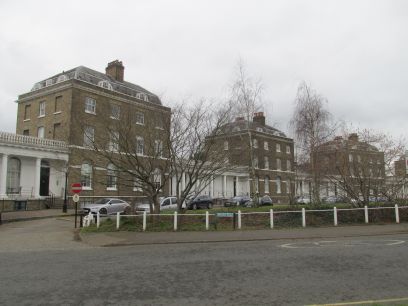
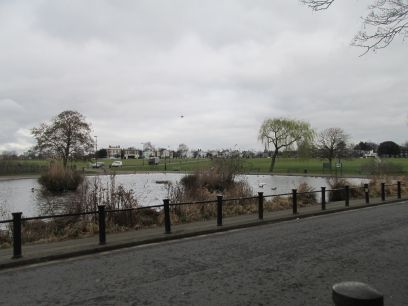
The footpath ends near the equally impressive houses of the Paragon, built in 1794 and among the oldest houses in Blackheath. Then past the large Blackheath Pond with lots of wildlife to reach Blackheath station and the end of my walk. I lunched in the adjacent Railway Inn before making my way back to Waterloo and home.